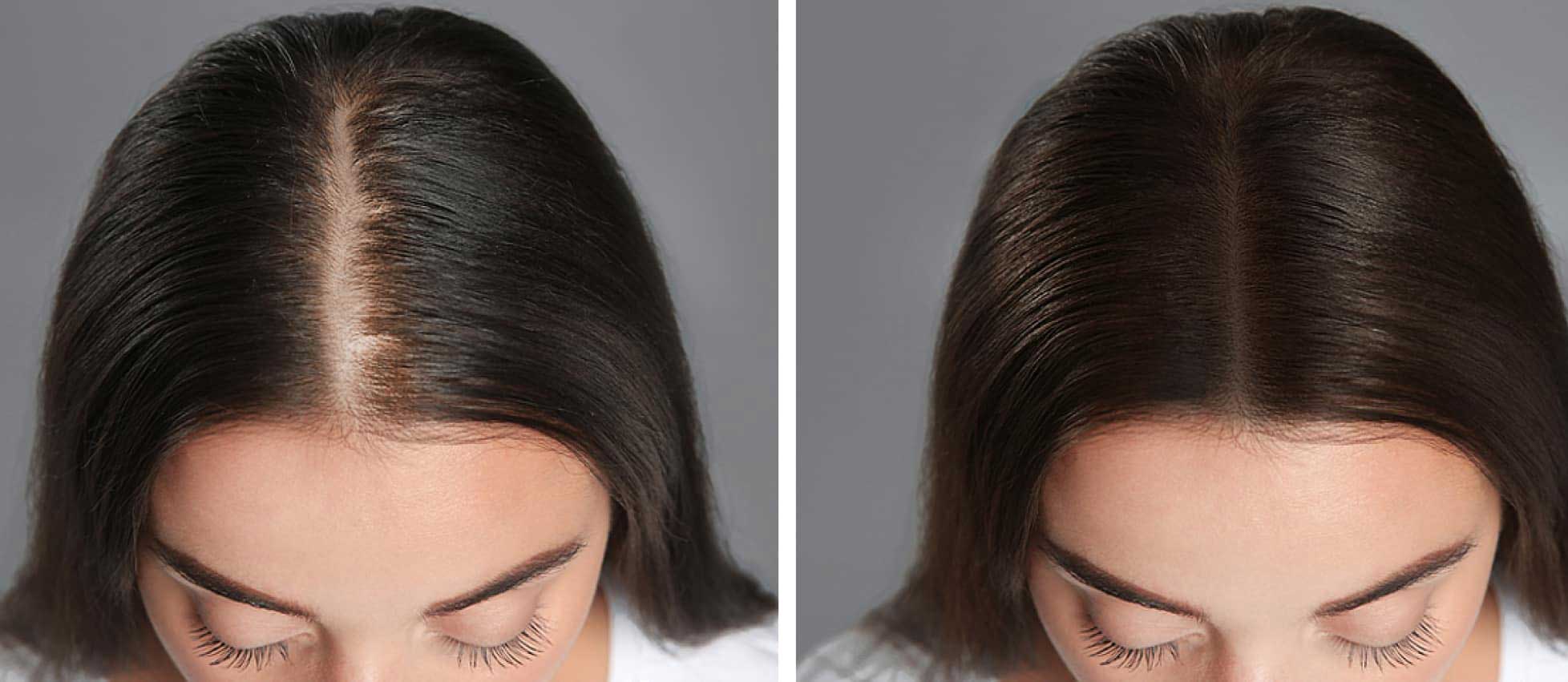
Hair loss is a common concern for both men and women. If you’re losing hair, you might be searching for the best solution. Two popular treatments are PRP (Platelet-Rich Plasma) Hair Treatment and Hair Transplant Surgery. But which one is right for you?
In this article, we will compare PRP Hair Treatment VS. Hair Transplant, explaining their benefits, procedures, costs, and effectiveness. By the end, you will have a better idea of which treatment suits your needs.
What Is PRP Hair Treatment?
PRP (Platelet-Rich Plasma) hair treatment is a non-surgical procedure that stimulates hair growth using the body’s own platelets. It involves drawing a small amount of blood, processing it in a centrifuge to isolate the platelet-rich plasma, and injecting it into the scalp. PRP contains growth factors that help revive dormant hair follicles, improve blood circulation, and strengthen hair strands. It is commonly used for androgenetic alopecia (male and female pattern baldness) and general hair thinning. PRP is safe, minimally invasive, and has little downtime. For optimal results, 3–4 initial sessions, followed by maintenance every 4–6 months, are recommended.
A doctor takes a small amount of your blood.
The blood is placed in a machine that separates platelet-rich plasma (PRP) from the rest of the blood.
The PRP is then injected into your scalp.
Growth factors in the PRP help stimulate hair follicles and improve hair growth.
Benefits of PRP Hair Treatment
PRP hair treatment offers numerous benefits for individuals experiencing hair thinning or mild hair loss. It stimulates natural hair growth by using the body’s own platelets, making it a safe and non-surgical procedure with minimal risk of allergic reactions. PRP strengthens hair follicles, improves hair thickness, and reduces shedding by enhancing blood circulation in the scalp. The treatment has minimal downtime and is a quick, outpatient procedure. It can be combined with medications like minoxidil or finasteride for enhanced results. Regular maintenance sessions help sustain long-term hair regrowth, making PRP an effective solution for promoting healthier, stronger, and fuller hair.
Non-surgical and painless
Minimal downtime
Uses natural healing properties
Improves hair thickness and strength
Works well for early-stage hair loss
What Is A Hair Transplant?
1. FUE (Follicular Unit Extraction)
Individual hair follicles are extracted from the donor area and implanted into balding areas.
Leaves minimal scarring.
Faster healing time.
2. FUT (Follicular Unit Transplantation)
A strip of scalp is removed from the back of the head.
Hair follicles are separated and transplanted into the bald areas.
Leaves a linear scar.
Benefits of Hair Transplant Surgery:-
Hair transplant surgery offers a permanent, natural-looking solution for hair loss by redistributing healthy hair follicles to bald or thinning areas. Unlike temporary treatments, it provides long-lasting results, with transplanted hair growing naturally. The procedure improves self-confidence by restoring a fuller hairline. It is a minimally invasive, outpatient surgery with a relatively short recovery period. Modern techniques like FUE (Follicular Unit Extraction) and FUT (Follicular Unit Transplantation) ensure scar-free or minimal scarring results. Once healed, transplanted hair can be washed, cut, and styled normally. Since it’s a one-time investment, it can be cost-effective compared to lifelong medications or treatments.
Permanent solution to hair loss
Natural-looking results
Suitable for advanced baldness
High success rate
PRP Hair Treatment VS. Hair Transplant: Key Differences
| Factor | PRP Hair Treatment | Hair Transplant |
|---|---|---|
| Type of Procedure | Non-surgical | Surgical |
| Pain Level | Minimal discomfort | Some pain (with anesthesia) |
| Recovery Time | Quick (1-2 days) | 1-2 weeks |
| Effectiveness | Good for early hair loss | Best for advanced hair loss |
| Cost | More affordable | More expensive |
| Longevity | Requires maintenance | Permanent solution |
Which Treatment Is Right For You?
The right hair loss treatment depends on the cause, severity, and personal goals. PRP therapy is ideal for those with early-stage hair thinning, as it stimulates existing follicles. Minoxidil and finasteride work well for ongoing maintenance and slowing hair loss. Hair transplants (FUE or FUT) are best for advanced baldness, offering permanent results. Combination treatments, like PRP with microneedling or medication, enhance effectiveness. Lifestyle changes, scalp care, and proper nutrition also play a role. Consulting a hair specialist helps determine the most suitable treatment based on your hair type, health, and expectations for long-term hair restoration success.
Choose PRP If:
-
You have early-stage hair loss.
-
You want a non-invasive, natural treatment.
-
You prefer a low-cost solution.
-
You are okay with multiple sessions for maintenance.
Choose Hair Transplant If:
-
You have significant bald spots.
-
You want a permanent solution.
-
You have a good donor area.
-
You are ready for surgery and recovery time.
Cost Comparison-
The cost of PRP and Hair Transplants depends on your location and clinic. Here’s a general idea:
PRP Hair Treatment: $500 – $1,500 per session (multiple sessions needed).
Hair Transplant: $3,000 – $15,000 (one-time cost).
Conclusion:-
Both PRP Hair Treatment and Hair Transplant are effective ways to restore hair, but they work differently.
-
PRP is best for mild hair loss and requires multiple sessions.
-
Hair transplant is ideal for severe hair loss and offers a permanent solution.
If you are unsure, consult a hair specialist who can assess your hair condition and recommend the best treatment for you.

